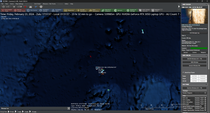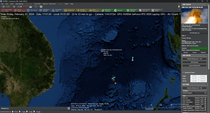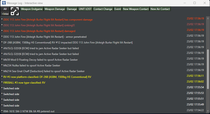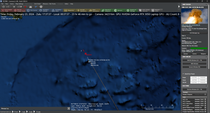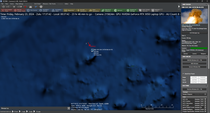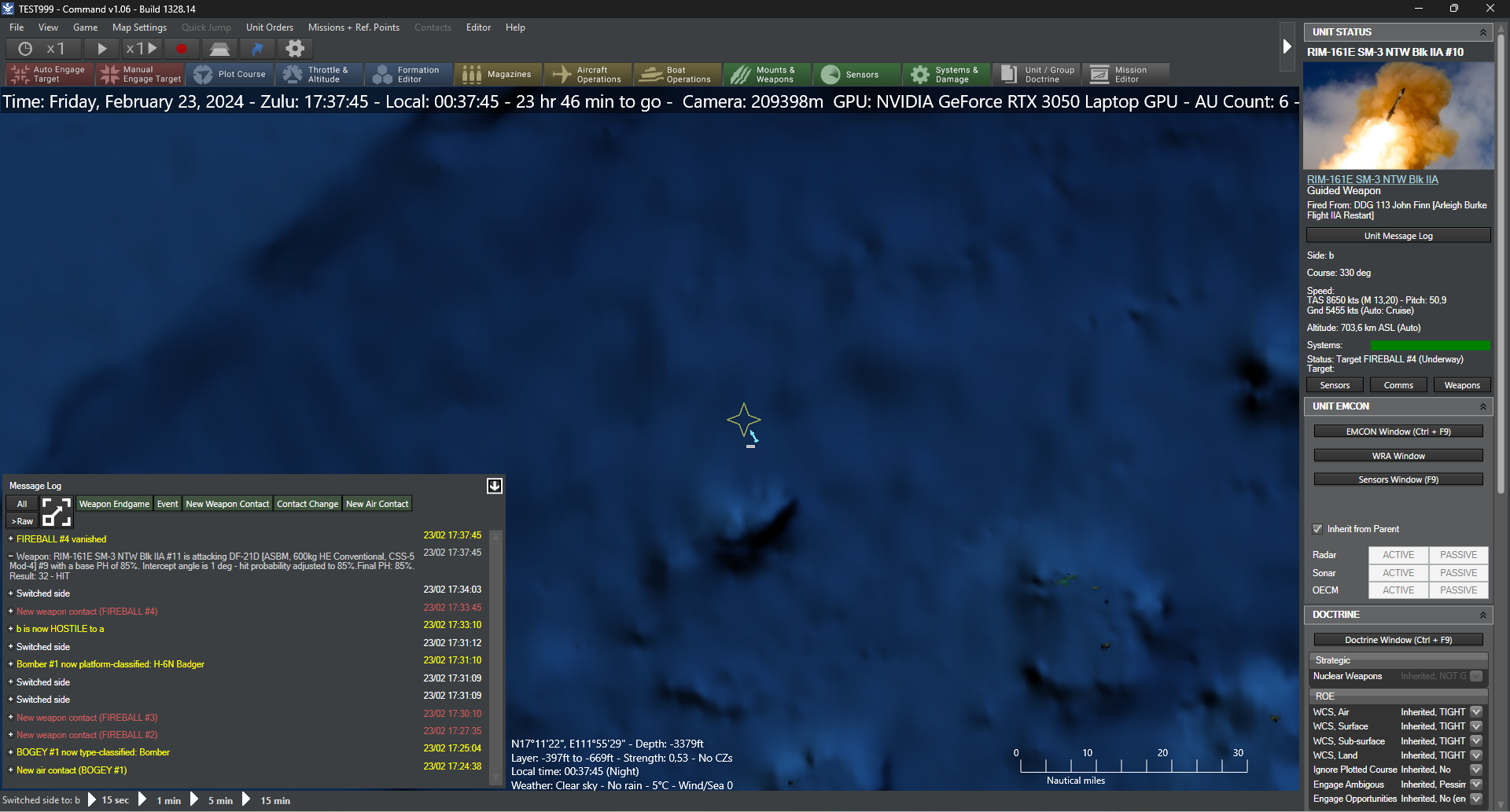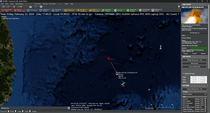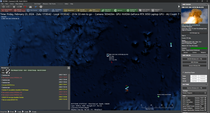Are those statements contradictory that come from two different posts?
I already said yes. My problem was that when I started testing the first thing I did was use the SBX 1 as support for the destroyers and for reasons that I still do not understand, the SM-3E Block 2A is capable of intercepting the DF-21 at a great distance from the destroyer with help of the SBX 1, for everything else the SBX 1 only bugs the engagements.
As I have been saying for days now. Its about the geometry. One part of the geometry is the engagement range of a very high altitude target for the SAM. The other is the shape of the parabolic curve for some ballistic missiles that exposes it to different counter threats. Up to a certain point the BM's parabolic curve flattens as the range to target elongates. If the range to target is shorter, the curve's altitude component increases, to a certain point.
And all of that has big impacts on engagement in real life and in the game. Again, its why positioning of the DDG is so critically important. The relatively easy shot is when the BM is going to pass coming straight over DDG's or close to it. Again in real life and the game. If you look at a lot of the real life testing, the most difficult shot is when the missile's trajectory is a not passing any where close to over the DDG. In the end, SM-3s are critical for long range defense of a task force. For full theater defense, you have to have multiple DDGs positioned along threat axes. Game and real life.
I understand it perfectly, I was just contributing an anecdote that had no influence on the "bug" that I was reporting, but perhaps it will help others understand how difficult this topic is and all the variables that influence it.
As to the SBX, I have read a lot on that over the last few years and I'm not sure what to make of it. Its main purpose is sorting out real RVs from decoys and clutter. It only comes into play on mid-course exoatmospheric shots. It has had very limited testing. There is an integration that has to happen with any interceptor system. Right now, in real life, there is no real data link to the SAM. The SBX info is passed through several nodes, to the Aegis system, then to the missile. It appears when the IR sensor on the SM-3 locks on, the Aegis datalink is severed. The SBX makes sure it points to a real RV and not a decoy before the severance. The biggest issue in US ABM is the integration between long range tracking and missile control radar/systems. Its still a huge issue. Speed of information transfer has driven billions in investment.
In CMO's world, I'm not sure how that gets all tied together to show the weakness and fragility of the long-range IRBM and ICBM ABM engagements. Should there be a datalink from SBX to Aegis? Should it be abstracted to be a link to the missile? Should SBX only be used to lower the odds of a decoy drawing an SM-3 in? I have a hard time complaining about any of this because its nowhere near settled in real life.
I don't know exactly what to expect from this platform either. Right now bug ASBM engagements.
As for how it should be represented in the game, that is what we have to discuss once the bug we mentioned is fixed.
In my opinion, there is currently a lack of a common datalink that refers to ASBM interception and that can unite the platforms that are in charge of this task.
Once we have this we can put limits on this transmission of information. For example, give a greater probability of interception when the guidance is done directly through the destroyer and lower that probability for more distant interceptions in which more systems are involved and there is greater latency between all the systems that share tracking information.
Regards
